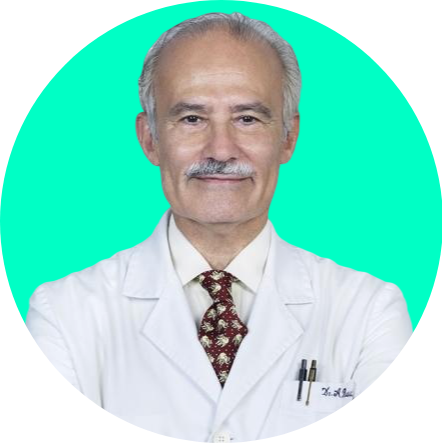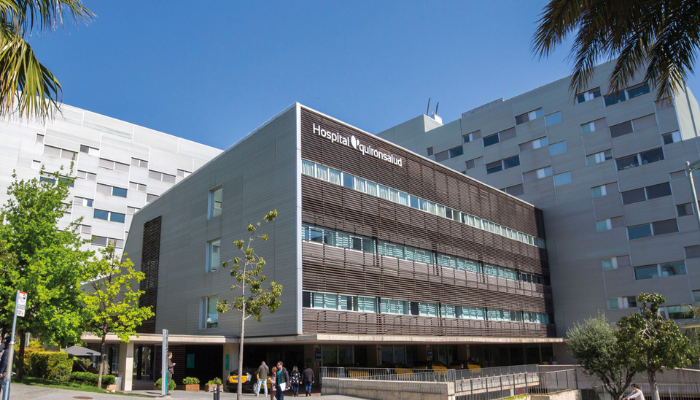Hydrocephalus Surgery
Hydrocephalus is a disease that often affects children and can develop in the womb.
The corrective operation consists of removing excess cerebrospinal fluid (caused by malabsorption, a blockage in a ventricle, or excessive production) in the ventricles of the brain by shunting the fluid out through a tube.
Can we help you?
In a few moments, one of our specialists will contact you.









